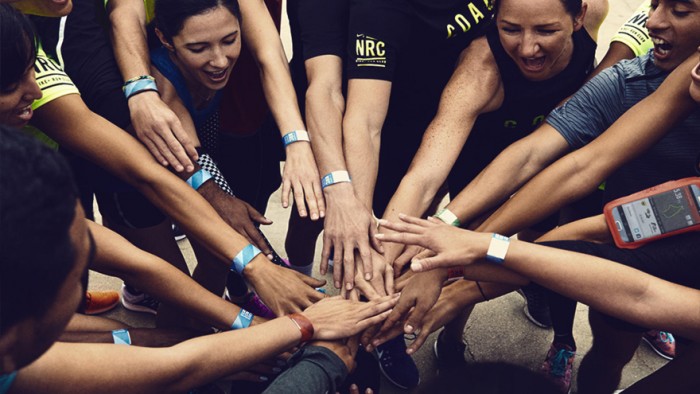
Earlier this year, some 171 countries signed the historic Paris climate agreement, indicating a global commitment to limit climate change. In this same spirit, activists have for decades called on big corporations to reduce their impact on the world’s rainforests, address unethical working conditions and reduce air pollution to name a few.
We look at five companies that are raising the bar in the fight against global warming.
H&M
According to Karl-Johan Persson, current CEO of H&M, sustainability is rooted in H&M’s culture. Not only is H&M one of the world’s biggest users of recycled polyester, but the company also sources 31.4 per cent of its cotton from sustainable sources and aims to increase this number to 100 per cent by 2020. The company also decreased CO2 emissions by 56 per cent in 2015, even though sales grew by 11 per cent. Additionally, H&M is the world’s largest clothing recycler, recycling over 12 000 garments in 2015.
Patagonia
Through donating either 1 percent of its net income or 10 per cent of its profit, Patagonia has been a leader in corporate responsibility since its inception. Not only does the company encourage employees to take 2 months paid leave to volunteer at any environmental non-profit, but it also leads an environmentally conscious coalition of 48 retailers. This coalition, representing a third of retailers globally, advocates for responsible production. The company has also been voted the best eco-brand by Volvo’s Eco Design Forum in 2008.
Nike
International sportswear brand Nike says that its “moonshot” ambition is to double its business while halving its environmental impact. Nike has been trying to achieve this goal by thinking innovatively. The company’s micro-engineered Fly knit technology uses 60 per cent less water compared to traditional methods. Since 2010, the company has also recycled 3 billion plastic bottles to be used in T-shirt production. The company uses its ColorDry technology to dye clothing without using water and has saved up to 20 million litres of water as a result.
G-Star Raw
Dutch clothing brand G-Star Raw shocked the clothing market in 2010 when it announced that it would ban the use of sandblasting in its products. The company believed that it could not guarantee that sandblasting, a process whereby clothes are blasted with sand to create a weathered look, could be used without endangering workers, costumers and the environment. The company also makes use of innovative dying techniques that use roughly 95 per cent less water and air-dries clothing to reduce dependency on electricity.
Toyota
Producing over 200 million vehicles each year, automobile giant Toyota has announced that it plans to cut vehicle emissions by 90 per cent by 2050. Toyota also plans to reduce emission release during production. Around 9 million of the company’s hybrid models were sold in 2015. Toyota also became the first automobile producer to release fuel-cell vehicles in 2014. Fuel cells are roughly 50 per cent more energy efficient compared to conventional vehicles.






